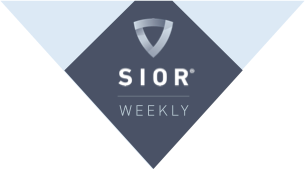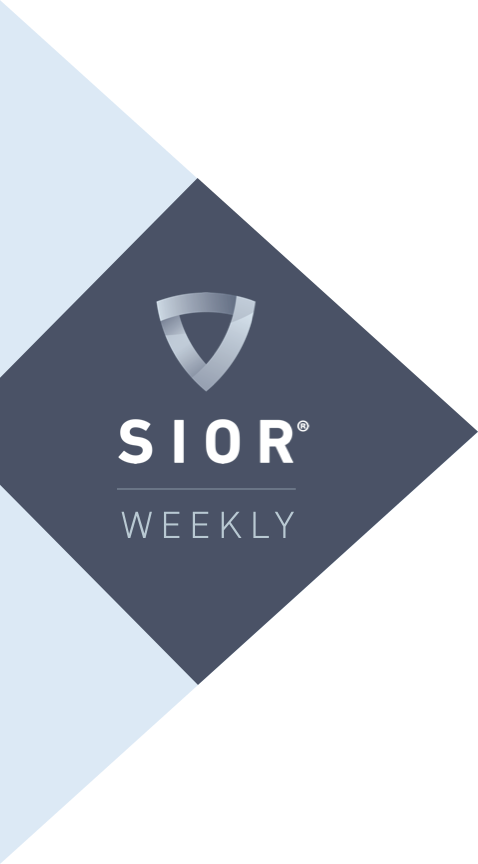We’re all victim to procrastination. The distractions that now come from cute pictures of pets and babies on Facebook; the constant string of emails to catch up on (and those darn notifications on your phone that you just have to get rid of); or the endless cycle of 24-hour news coverage that sucks you in to watch the same story you heard about yesterday, only from a different point of view. We all have a bit of ADD, and we all are over-worked, over-stressed, and over-stimulated.
Help is here, though. The internet is not only a source for wonderful distraction, it is full of great tools to help you be more productive. Coupled with some additional tips to integrate into your routine, you can be on your way to improved efficiency.
Preparation
Create Your Five Must Do’s Before Bed
We all mentally do it. We think about what we have to accomplish the next day; what meetings we have; what appointments we can’t miss. And then we can’t fall asleep because we worry about accomplishing it all.
Take the time to write out the five most important “Must Do’s” that you absolutely must accomplish the next day. By writing them out before we sleep, studies show that your brain will relax with a false sense of accomplishment, thus allowing you to fall asleep faster. This also saves you time from having to write your to-do list in the morning.
Pack Up the Night Before
Now that you’ve thought about what you have to accomplish tomorrow, get a jump-start. Lay out your outfit, pack your gym bag, prepare your lunch. Waiting until the morning always leaves you feeling rushed. Not to mention the possible derailments – your kids refuse to get ready; the dog rolls around in the mud when you take him out, you spill your coffee on the outfit you laid out the night before. Being proactive can give you a little wiggle room for the unexpected.
Checking Email
For many people, checking email is the first thing they do when they get to the office (or even when they wake up). It’s hard-wired into our brains and we feel guilty if we don’t check.
Stop Checking Email in the Morning
Sure, there are several different techniques for minimizing the drain on your focus, but one of the biggest problems: checking your email in the morning.
Just don’t do it.
Studies show that we are most productive in the first few hours of the morning. We are alert (maybe once we’ve had our coffee), we have energy, and we are focused on what we have to accomplish. Until we start reading those emails…
Ever noticed how quickly you get sidetracked with new projects? And those great intentions for the day start to unravel faster than that cute kitten on YouTube can unravel that yarn? And for those of you who get inundated with countless irrelevant emails, you are wasting precious productivity hours sifting through them in the morning.
I understand this may be too difficult. Start small for a week. Take five minutes to look for the urgent messages from the people you cannot ignore, and then close it for the next hour. Work on at least one of the five “Must Do’s” that you wrote down the night before. If all goes well, add a half hour the next week.
Folders and Rules
Establishing folders and rules is a common technique for organization and efficiency. But you’d be surprised how many people don’t do it, or don’t do it well. Even Gmail is now offering Tabs for new ways to organize your emails. Set up rules or automatic filtering and then fight the urge and don’t be afraid to leave a few unimportant emails unread.
Blocking Distractions
From the Pomodoro technique to timeboxing, to the Pareto Analysis, there are many strategies designed to help you block out distractions and work more efficiently. Many involve distributing your work into prioritized, manageable blocks of time, with time allocated for breaks. When you need a little additional assistance, technology can help.
White Noise Generators
 We all know the benefits of white noise. It helps babies sleep. It calms nerves. And it can help you drown out background noises and focus your brain on the tasks at hand. Many mobile devices offer free white-noise generators. A good one is White Noise Lite.
We all know the benefits of white noise. It helps babies sleep. It calms nerves. And it can help you drown out background noises and focus your brain on the tasks at hand. Many mobile devices offer free white-noise generators. A good one is White Noise Lite.
Website Blockers
When a little white noise doesn’t suffice, these tools can help you block highly distracting websites (ehmm…those fantasy football sites) during key periods of time when you absolutely need to hunker down and focus. Many of them are free add-ons for your browser. It might be painful at first – but it can be quite effective.
Some well-reviewed suggestions: Chrome Nanny, WasteNoTime, and LeechBlock.
Performance Evaluation
It may sound a bit Big Brotherish, but monitoring your computer activity can help you evaluate and improve how you are spending your time. There are several apps that now run in the background on your computers and measure which websites and applications you use most. The software generates a report (often weekly), providing you with a timeline of your day. The time you spend is grouped into categories – such as social networking, email and scheduling – so you can see how much time you spend doing different types of tasks.
Check out ManicTime and RescueTime.
Smarter Collaboration
We've all experienced this at some point in time. We’re sitting in a meeting talking about what we discussed in the last meeting, to only then plan out when we will be meeting again. It can feel as if nothing was ever truly accomplished.
Every meeting needs to have a facilitator, a strategic purpose, an agenda, and a valid reason for each person to participate in the meeting. Failing to address even one of these factors can quickly derail a meeting.
Collaboration and planning doesn’t have to begin and end inside the conference room. There are a variety of tools that can assist you in collaborating smarter.
Doodle
![]() One of the biggest challenges in meeting planning is finding a convenient time for all parties to get together. Managing a calendar of proposed times can get confusing and time consuming for all. Tools such as Doodle facilitate this efficiently for you. Share an internal calendar and quickly and easily find a time that works best for everyone.
One of the biggest challenges in meeting planning is finding a convenient time for all parties to get together. Managing a calendar of proposed times can get confusing and time consuming for all. Tools such as Doodle facilitate this efficiently for you. Share an internal calendar and quickly and easily find a time that works best for everyone.
MySIOR
New for SIOR members, this new online community lets you collaborate with your peers privately online, with tools to share ideas and documents, plan and manage events, or get answers to the questions only fellow SIORs can answer. Now, with MySIOR, you can have those face-to-face meetings online in between the conferences. It’s like using Dropbox and LinkedIn and Gmail all at the same time, in one central place specifically created for SIOR members.
Trello
![]() This is a collaboration tool for managing to-do lists. Boards can be created and shared with your team or for a particular project, tracking projects that are completed, in-progress, or planned for the future. Trello allows you to easily move tasks across lists and reorder items to prioritize them.
This is a collaboration tool for managing to-do lists. Boards can be created and shared with your team or for a particular project, tracking projects that are completed, in-progress, or planned for the future. Trello allows you to easily move tasks across lists and reorder items to prioritize them.
Now stop reading this and get back to work!
To access the new site, visit www.sior.com.






